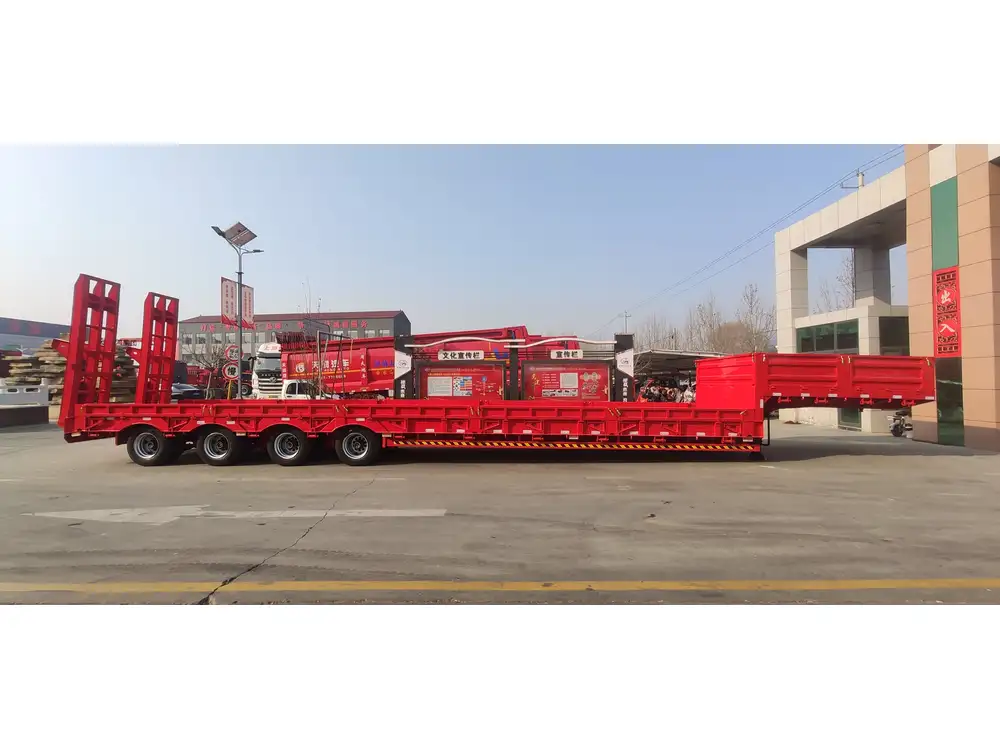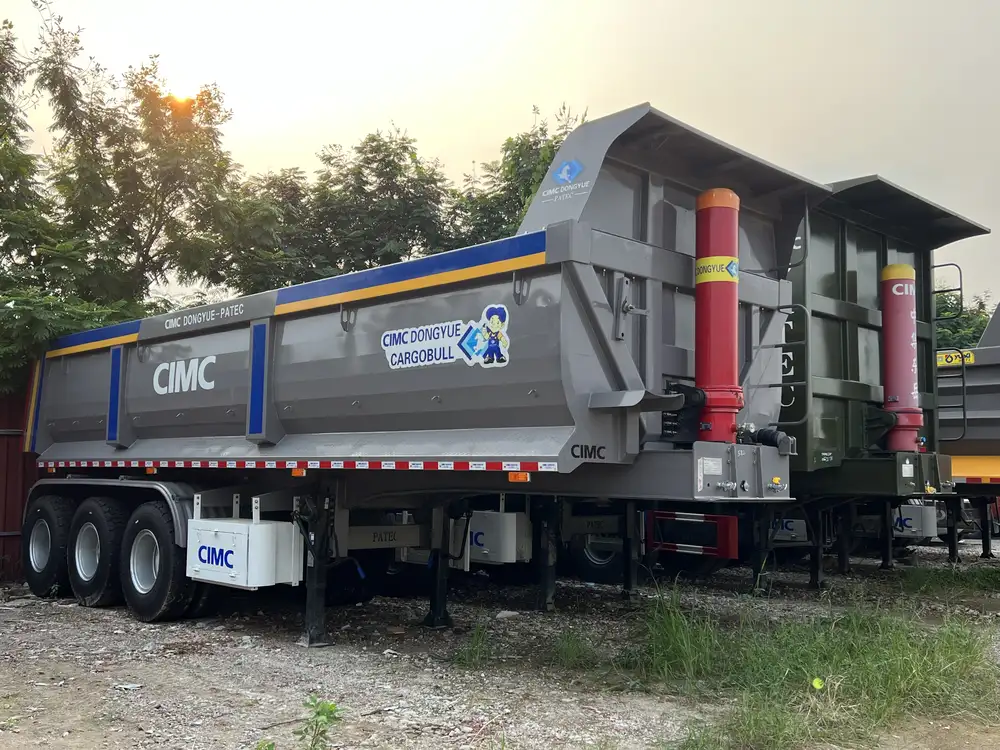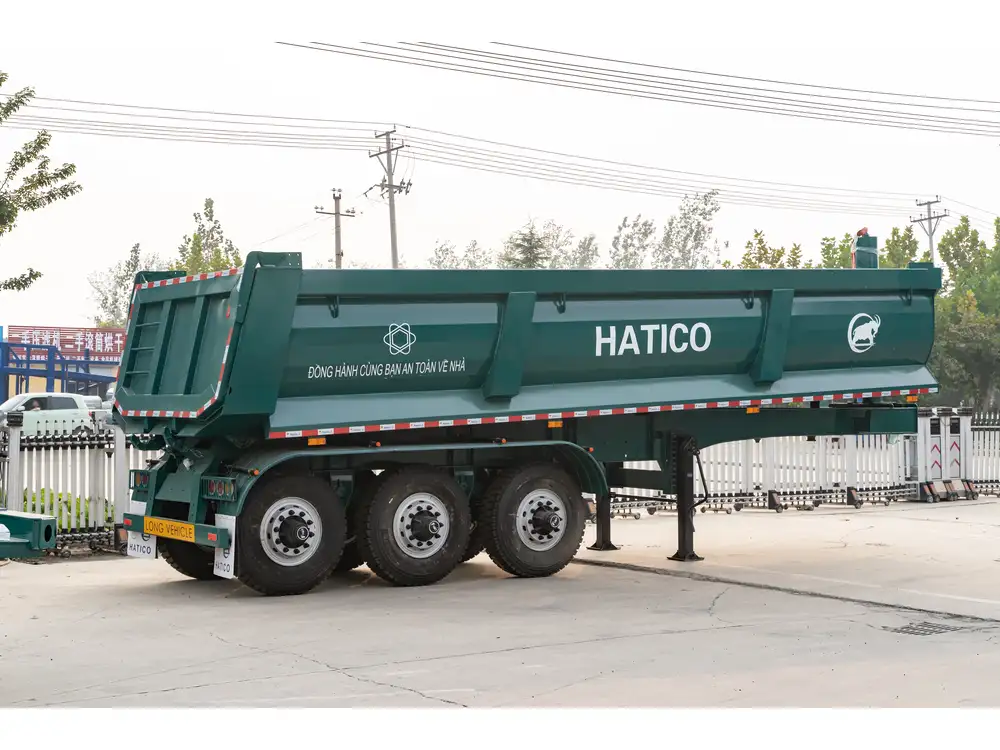Assessing semi-trailer damage is a crucial skill for fleet managers, service technicians, and drivers alike. Understanding the nuances of damage evaluation can save time and money, ensuring safe road operations and maintaining the integrity of freight transportation. This guide delves into the methodology behind assessing damages, equipping you with practical tools to identify issues accurately and efficiently.
Understanding the Types of Semi-Trailer Damage
When evaluating damage on semi-trailers, recognizing the common types of damage is foundational. This knowledge not only assists in accurate assessments but also aids in implementing preventative measures. Below, we categorize the damage into structural, cosmetic, operational, and safety-related.
1. Structural Damage
| Type of Structural Damage | Description |
|---|---|
| Frame Damage | Twists, bends, or fractures in the trailer’s frame. |
| Axle Damage | Misalignment or breakage of axles impacting ride quality. |
| Suspension Damage | Damaged springs or components affecting load stability. |
| Floor Damage | Compromised flooring that can affect load securing. |
Identifying Structural Damage: Close inspection of the trailer’s frame is essential. Look for signs of bending, cracks, or signs of rust, particularly in the cross members and chassis. For axle damage, check the alignment by ensuring all wheels are parallel with your frame.

2. Cosmetic Damage
| Type of Cosmetic Damage | Description |
|---|---|
| Paint Scratches | Minor dings and scratches not affecting performance. |
| Body Panels | Dents or deformations on the trailer’s exterior. |
| Light Covers | Broken or cracked lenses reducing visibility. |
Identifying Cosmetic Damage: While these damages may not affect functionality directly, they can influence resale value. Check for paint integrity and ensure all body panels are smooth and intact. Inspect lights to guarantee maximum visibility compliance.
3. Operational Damage
| Type of Operational Damage | Description |
|---|---|
| Brake System Issues | Worn pads or malfunctioning components needing replacement. |
| Electrical Faults | Short circuits or failures in wiring or lighting systems. |
| Tire Wear | Uneven wear or damage that can cause blowouts. |
Identifying Operational Damage: Pay special attention to brake components. Inspect pads, drums, and rotors for wear, and test all electrical systems regularly. Tire checks should include tread depth measurement and visual inspections for cracks or bubbles.
4. Safety-Related Damage
| Type of Safety Damage | Description |
|---|---|
| Load Security Issues | Damaged or missing tie-downs and hooks. |
| Door Malfunctions | Inoperable doors leading to load exposure risks. |
| Emergency Equipment | Missing or non-functional emergency gear (flares, lights). |
Identifying Safety-Related Damage: The evaluation of load security systems should be meticulous. Any issues noted during loading or unloading processes should be remedied immediately. Inspect emergency equipment regularly to ensure compliance with legal standards.

Step-by-Step Assessment Process
A systematic approach to assessing semi-trailer damage enhances accuracy and thoroughness. The following detailed steps outline a comprehensive evaluation protocol.
Step 1: Preliminary Inspection
Before any detailed assessment, conduct a preliminary walk-around inspection. Look for obvious signs of damage, leaks, or abnormalities. This initial scan helps prioritize areas that require deeper scrutiny.
Step 2: Documentation
Always document the visible damage you observe. High-quality photographs from various angles can serve as vital evidence for repair processes and insurance claims.
| Image Type | Purpose |
|---|---|
| Wide-Angle Shots | General overview of the trailer condition. |
| Close-Up Images | Specifics on damage or deteriorated areas. |
| Time-Stamped Shots | Documenting differences pre- and post-repair. |

Step 3: Detailed Inspection of Components
Utilize thorough checklists to dissect various trailer components:
Frame Inspection Checklist:
- Inspect for deformations, fractures, or rust.
- Check welds for continuity and integrity.
Suspension & Axles:
- Measure for side-to-side and front-to-back alignment.
- Assess shock absorbers and springs for wear.
Braking System:
- Inspect the condition of brake lines for cracks.
- Check fluid levels and any unexpected leaks.
Step 4: Operational Testing
Perform operational tests as applicable:
- Braking Test: Inspect the braking efficiency and responsiveness.
- Light Checks: Ensure all lights (turn signals, brake lights) are functional.
- Load Test: If feasible, monitor the trailer under a typical load to ensure stability.
Step 5: Compile Assessment Report
Create a detailed report outlining findings, damages, and necessary repairs. Include photographic evidence and an estimated cost for repairs.

Addressing Common User Questions
While assessing damage, users often have queries they may not think of initially. Let’s dissect some frequently asked questions (FAQs) to better understand user concerns.
FAQ 1: How does weather impact semi-trailer damage?
Weather can significantly influence the wear and tear of semi-trailers. Prolonged exposure to moisture can cause rust formation, while extreme temperatures can affect tire integrity and battery performance. Regular inspections during seasonal changes are paramount.
FAQ 2: What are the signs I should be aware of that indicate structural failure?
Signs of structural failure can be subtle yet critical. They include:
- Unusual noises while driving (creaking or grinding).
- Unstable handling characteristics or uneven left/right movement.
- Visual cracks or bends noticed during inspections.

FAQ 3: Is it necessary to hire a professional for damage assessment?
While some basic assessments can be performed in-house, complex or significant damage assessment should be conducted by a certified professional. They have the expertise and tools necessary to conduct a thorough inspection and provide accurate estimates.
FAQ 4: How do I maintain my semi-trailer to prevent damage?
Regular maintenance practices can considerably extend the lifespan of semi-trailers. Consider implementing the following:
- Conduct routine inspections based on mileage.
- Implement a wash regimen to remove road grime and salts.
- Ensure timely repairs to avoid compounding damage.
Conclusion
Assessing semi-trailer damage is an invaluable skill that can significantly impact operational efficiency and safety. By systematically identifying various types of damages, employing a structured assessment process, and addressing common concerns, professionals can effectively manage the longevity and performance of their semi-trailers.
Through diligent evaluative techniques and preventive maintenance practices, we can ensure our transportation assets remain in peak condition, preserving safety, efficiency, and financial returns. Regular assessments not only safeguard operational standards but enhance the overall reliability of our logistics capabilities.



